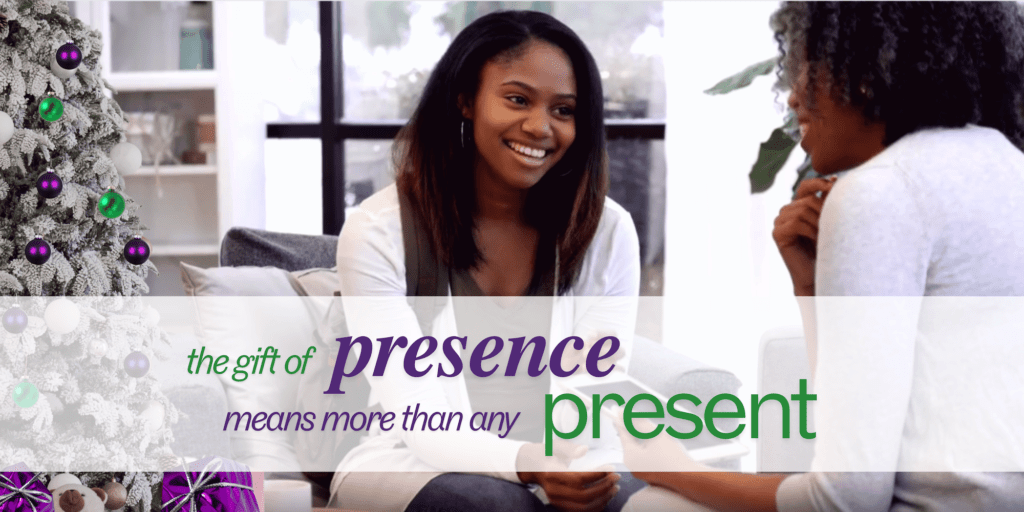Ineffective communication, Part two: What not to do and what not to say
In part one of this two-part blog, we learned about two of the common mistakes people make when communicating: using “you” language plus directives and making universal statements. We discussed substitutions that can be used for more effective communication. Sometimes the message the sender intends is not the message the receiver gathers. Often this is a result of mindlessly saying whatever comes to mind. Instead, challenge yourself to choose your words carefully and consider how they will be received before they come out of your mouth.
This blog will help you understand two additional ineffective communication issues and provide alternate ways to more effectively communicate your message. For more helpful information on communication check out Preston Ni’s book, How to Communicate Effectively and Handle Difficult People.
Ineffective: Tough on the person, soft on the issue
“You are a terrible listener.”
What if the person really doesn’t listen to what you say? It’s easy to fall into the trap of being hard on the person and soft on the issue when actually doing the opposite is much more effective. When we communicate, there are two components of the message: the person and the behavior being addressed.
Statements to avoid:
“You are so stupid.”
“You look terrible.”
“You are a terrible employee.”
Being tough on the person and soft on the issue leaves the receiver of the message feeling resentful, insulted or discouraged. Being soft on the person and tough on the issue is a better way to rally behind the person and support the change needing to be made.
Effective: Soft on the person, tough on the issue
To communicate effectively, separate the person from the issue. Be soft on the person and hard on the issue. Address the behavior while still honoring the person.
For example, instead of: “You are a terrible listener,”
Say: “I see that your attention is divided, and I am not feeling heard.”
Essentially the same message is sent, (the person didn’t hear what you said) however, the first sentence is hard on the person and second is hard on the issue.
In this type of statement, people are tempted to put the word “but” where the word “and” goes. Using the word “but” as a divider typically negates the first part of the message. This puts the emphasis on the second part of the sentence, discounting all the effort made to form the first part of the sentence. If we replace “but” with “and” we place equal emphasis on both parts of the sentence. This is more effective in communicating the content of the message in a manner that is soft on the person and tough on the issue.
For example:
Ineffective communication # 1: “You are so stupid.”
Ineffective communication #2: “You’re not a stupid person, but you made a bad decision.”
Effective communication: “You’re not a stupid person, and you can make better decisions.”
Ineffective communication # 1: “You are a terrible employee.”
Ineffective communication #2: “You are a good employee, but your work has been unsatisfactory lately.”
Effective communication: “You are a valued employee, and I have noticed a decline in your quality of work.”
Ineffective: Dishonor Emotions
“You’re crying again? You are so emotional.”
Statements like this, although we may not realize it, judge the person to whom we are speaking. When we acknowledge the emotions a person has (either positive or negative emotions) and then disregard, depreciate, ignore or negatively evaluate those emotions we belittle those we care about.
Avoid using statements like:
“You seem sad, it wasn’t that big of a deal.”
“You’re angry again, you’re always angry.”
“You have no reason to be so excited, second place is not the winner.”
Feelings are significant even if they seem silly to others. Dismissing the feelings of others can cause anger, hurt, repression of feelings and many other negative responses. When we are close to and love someone, it is ineffective to make them believe we don’t care about their feelings.
Effective: Honor Emotions
“I see you are crying and I’m sorry you are in so much pain. How can I help?”
Think about the difference in the statement above and the previous, “You’re crying again? You are so emotional.” In this statement, the crying is acknowledged then their emotional experience is dishonored. In the revised honoring statement we connect with the person by honoring the person’s emotions.
When people feel as though they are understood, they are more likely to be willing to open up to and be vulnerable in a relationship. Non-judgmentally acknowledging the feelings of others communicates our care and compassion. This is not the same as accepting the issue. One can still disagree with the issue while maintaining an understanding of that issue. Honoring the emotions of another person is an important way of communicating to a person that the relationship is important even when you disagree on an issue.
Try using statements like:
“I can see that you are sad, I know this was a big deal to you.”
“You seem angry, what is it that upset you?”
“I can see how excited you are…be proud of your accomplishment.”
Your turn.
Learning about common mistakes people make when trying to communicate is just the beginning. It is time to put this knowledge into practice. Take a moment to think what this might look like in your life. How might improved communication skills change the dynamic of some of your relationships? With whom do you think you need the most practice?
To form new habits, begin by bringing awareness to your everyday conversations. Recognize when you use ineffective communication. This is the first part of the battle. Next, choose one important relationship and challenge yourself to change the way you communicate within that relationship.
Once you’ve had some practice, begin to generalize that awareness to other relationships. You are capable of recognizing ineffective communication and taking an active role in enhancing the relationships that are important to you.
Stay tuned,
Taylor Knox, Practicum Therapist
Supervised by Amy Fuller PhD, LMFT-S, LPC-S











